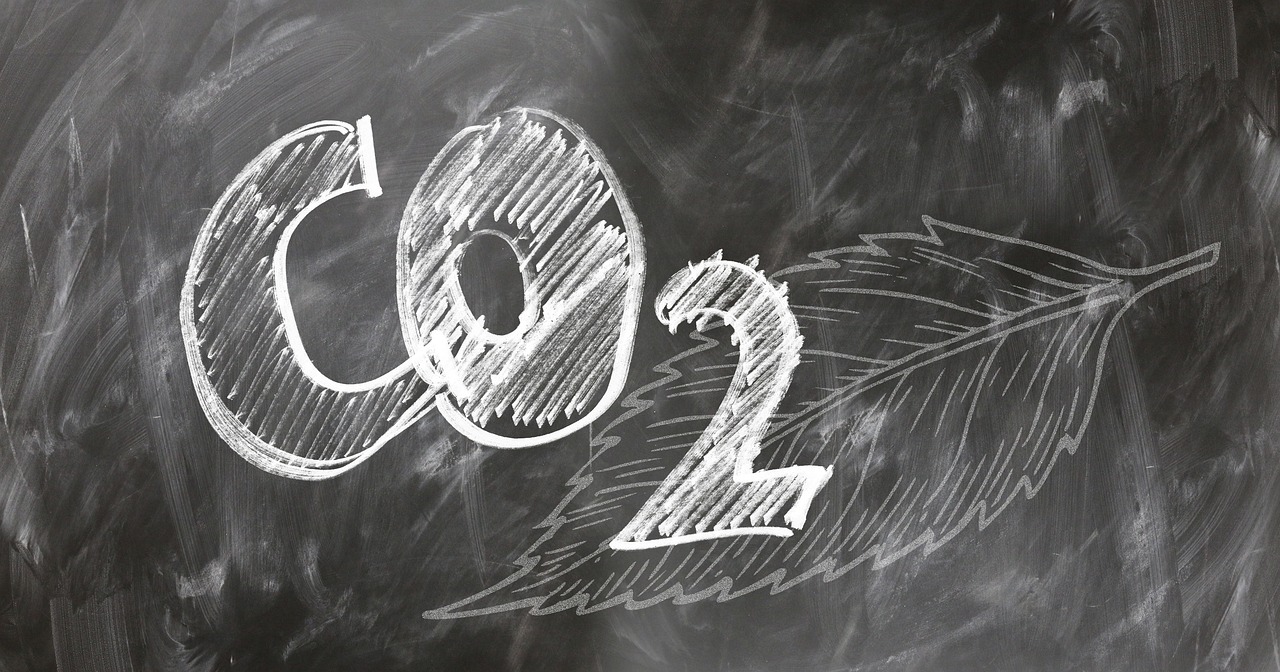Carbon credits are a market-based mechanism for reducing greenhouse gas emissions. They are a way for companies and organizations to offset their carbon footprint by investing in projects that reduce emissions elsewhere, such as renewable energy or energy efficiency projects.
Each carbon credit represents one metric ton of carbon dioxide or its equivalent in other greenhouse gases that has been prevented from entering the atmosphere. These credits can be bought and sold on carbon markets, creating a financial incentive for companies to reduce their emissions.

How do carbon credits work?
Companies and organizations can purchase carbon credits from projects that have been certified by reputable third-party organizations. These projects are typically located in developing countries and focus on reducing emissions by promoting clean energy, improving energy efficiency, or reducing deforestation.
When a company buys them, they are essentially paying for the reduction of emissions that would have occurred if the project had not been implemented. This creates a financial incentive for companies to reduce their own emissions while supporting sustainable development in other parts of the world.
Benefits of carbon credits
- Helps to reduce greenhouse gas emissions and combat climate change.
- Creates a financial incentive for companies to reduce their emissions and invest in sustainable development.
- Supports renewable energy and energy efficiency projects in developing countries.
Types of Carbon Credits
There are two main types of carbon credits: compliance credits and voluntary credits.
Compliance Credits
Compliance credits are earned by companies that are required to reduce their greenhouse gas emissions under government regulations, such as the European Union Emissions Trading System (EU ETS) or the California Cap-and-Trade Program.
Voluntary Credits
Voluntary credits are earned by companies or individuals who choose to offset their carbon emissions voluntarily, without being required to do so by law. They can be used to achieve carbon neutrality or to support renewable energy projects.
Earning and Trading Carbon Credits
Carbon credits are earned by reducing greenhouse gas emissions or by investing in renewable energy projects. Once earned, they can be traded on global carbon markets, such as the Chicago Climate Exchange or the European Climate Exchange. The price of carbon credits varies depending on supply and demand, as well as the type and quality of the credit.
Challenges and Critiques
One of the main critiques is that it allows polluters to continue emitting greenhouse gases by purchasing credits instead of reducing emissions at the source. This can lead to a reliance on carbon credits rather than actual emissions reductions.
Another challenge is the lack of standardization and transparency in the market. With no universal standards for calculating emissions reductions or verifying the validity of credits, there is a risk of fraud or double-counting of credits.
Additionally, some critics argue that the the system does not address the root causes of climate change, such as overconsumption and unsustainable production practices. Without addressing these underlying issues, their effectiveness in reducing emissions may be limited.
Potential Solutions
To address these challenges, some experts propose implementing stricter regulations and standards for the carbon credit market, including more rigorous verification and monitoring of emissions reductions. This could help ensure the integrity of the market and prevent fraud or double-counting of credits.
Others suggest incorporating them into a broader strategy for reducing emissions, such as implementing a carbon tax or investing in renewable energy sources. This could help address the root causes of climate change and reduce reliance on carbon credits as a sole solution.
Ultimately, improving the effectiveness of the carbon credit system will require a multifaceted approach that addresses both the challenges facing the market and the larger systemic issues driving climate change.
Related articles: https://www.chooose.today/insights/carbon-credit-explained-an-introduction-to-carbon-markets
https://ecofriendmagazine.com/changing-climate-for-good/





Great insights. Thank you Lawrence for an in-depth analysis of carbon credit, green house emissions and overall contribution towards climatic change.
Thank you for your kind words, Sharon.